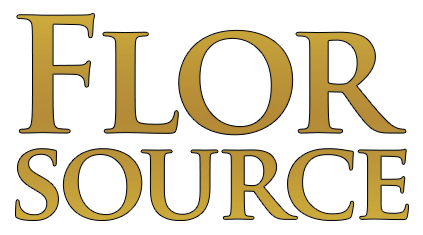Q: What is the difference between solid and engineered flooring?
A: Solid wood planks consist of one solid piece of wood milled into a board. An engineered wood plank consists of several wood layers. Each ply is turned in a different direction as it is layered helping to keep the engineered plank flat and stable as it absorbs moisture from the air. Due to the way the solid board is made there is nothing to keep the board from bowing or cupping when exposed to humidity.
Q: Can engineered hardwood be sanded as many times as solid hardwood?
A: There are many engineered wood products on the market whose wear layers are equivalent to those on solid wood flooring. The number of times a floor can be sanded is determined by the thickness of the wear layer.
Q: What is the difference between engineered wood flooring and laminate flooring?
A: Engineered wood flooring is made completely of wood materials and has a wear layer that can be refinished. Laminate flooring is a photographic image of wood on fiber board with a hard protective finish. Laminate flooring cannot be refinished.
Q: Why might I choose laminate over hardwood?
A: Laminate has its place in the market because of two factors. The first is its durability. It is a great choice for families with large dogs or small children because it is virtually impossible to dent or scratch. The other factor is the price. You can get the look of wood at a portion of the cost.
Q: What are the different carpet fibers available on the market and what is the difference between them?
A: There are several fibers on the market today. The three you are most likely to see in our showrooms are Nylon, Olefin, or Wool.
Nylon is the most commonly used fiber today. It is stain protected at the time of fiber production and the standard life span is about ten years. It is used both commercially and residentially and comes in a variety of styles including cut pile, berber, and solid color patterns.
Olefin also know as Polypropylene is an inexpensive fiber that is used in all types of carpet from commercial berber style carpets to woven cut pile multi-colored patterned carpets. Though it’s fiber is very easy to keep clean it does tend to show wear faster than nylon.
Wool is the luxury fiber and tends to be the most expensive option. Wool is used to make a variety of different styles of carpet including wilton loop designs, axminster and face to face wilton pile designs, textured berbers, and woven sisal flat weave patterns. Wool is a very durable fiber that can last decades if well cared for. Dry cleaning methods are recommended for wool. There is no stain protection treatment applied to wool carpets because wool fibers are naturally porous and can release stains more easily than other fibers.
